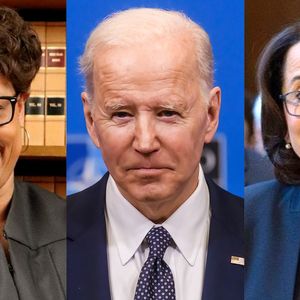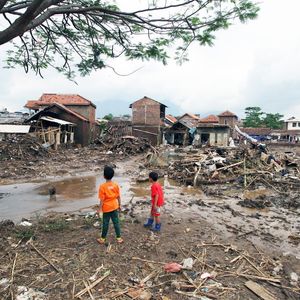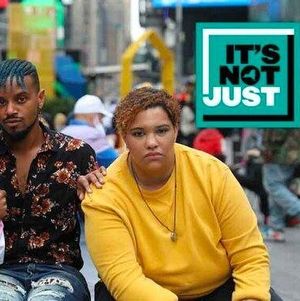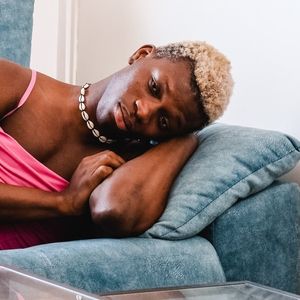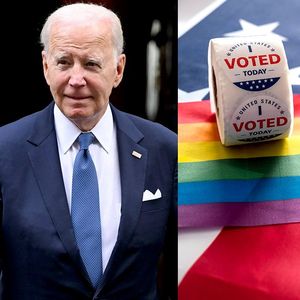If nothing changes, the federal government estimates that in 30 years, 70 percent of 20-year-old black gay men will have HIV. That jarring statistic was presented by the Centers for Disease Control and Prevention during the 2013 National Gay and Lesbian Task Force conference.
But what is driving that rate of infection — the highest of any demographic group — has so far puzzled researchers.
Studies find that black gay men aren’t any more likely to engage in risky sexual behavior than their white peers. So simply ignoring condoms doesn’t explain it. The same goes for other risk factors. Black gay men are actually less likely to use drugs before or during sex, for example.
The White House’s top researcher on this topic, Greg Millett, senior policy adviser in the Office of National AIDS Policy, analyzed seven studies from Canada, 13 from the U.K., and 174 from the U.S., and found that black men who have sex with men (MSM) were no more likely than other gay or bisexual men to have unprotected sex. And despite societal problems, such as the fact that black men face higher rates of unemployment than other races or are less likely to graduate from high school, the analysis points out that black gay men are actually 40 percent more likely to do simple protective things like wear a condom during sex. The results of the analysis were published in The Lancet in 2012 and presented at that year’s International AIDS Conference.
Then in 2013, a Centers for Disease Control and Prevention analysis of four studies noted that black MSM had fewer unprotected sexual encounters than white MSM—an average of three for receptive sex and six for insertive over six months for black men, compared with 11 and 12, respectively, for whites.
None of the usual reasons for high infection rates seem to apply to black men’s high HIV rates. So a recent study from researchers at Northwestern University looked carefully at a theory that might explain what’s happening.
The Northwestern research team asked 143 gay and bisexual men, all single or non-monogamous, to keep a diary of all their sexual activity for 12 weeks. The men tracked what they had done and whether it was with someone of the same race. Like previous research, it indicated black gay and bisexual men were no more likely to have unprotected sex than others. But they were 11 times more likely to have sex with black men.
Researchers have long wondered whether black gay men are dating within a smaller social network. This study seems to confirm that idea. Among black MSM, 45 percent of sexual encounters were with other black men. By comparison, Latino MSM had their largest percentage of encounters with white men.
Although white men were the most likely to have sex with those of the same race, accounting for 56.7 percent of encounters, the study points out the obvious—that the pool of black gay men is much smaller than that of white gay men. A 2012 study by the Williams Institute and pollster Gallup found that African-Americans and other minority groups were more likely to identify as LGBT than white people, but it’s still a smaller pool.
The Northwestern researchers published their findings, “Racial Differences in Same-Race Partnering and the Effects of Sexual Partnership Characteristics on HIV Risk in MSM: A Prospective Sexual Diary Study,” in the Journal of Acquired Immune Deficiency Syndromes in 2013.
Still, if black gay men are no more likely than others to engage in risky sexual behavior, it shouldn’t much matter who they are having sex with. The study’s principal investigator, Michael Newcomb, an assistant professor at Northwestern University’s Feinberg School of Medicine, considers condom use crucial.
“That’s still the best way to protect oneself,” he says, but when your network of sex partners is small and at higher risk to begin with, “your risk of acquiring HIV would be higher.” Eventually the risk rate would “overwhelm” protection, Newcomb adds, because everyone in the network isn’t perfect about condom use and other forms of protection.

The researchers concluded that a single case of HIV in a small social network “would allow HIV to penetrate the networks of black MSM,” and it would travel through the network, infecting these men “more efficiently” than it would white men, for example.
Although their study didn’t address this possible explanation, the researchers wondered if young black men who got into monogamous relationships were abandoning condoms. Young black men, for example, are more likely to have unprotected sex with older partners, which is statistically more risky than unprotected sex with younger partners.
“It may be that black MSM are aware that they are at increased risk for acquiring HIV,” they wrote. “Subsequently, they may be using certain sexual partnership characteristics, including familiarity with partners, as indicators of HIV risk.” That would be “a poor indicator when making decisions about condom use,” researchers warned, because “the majority of new HIV infections occur in the context of these types of main, serious, or repeated partners.”
The study doesn’t address why black gay men have a smaller network of sexual partners in the first place. Likely there are many reasons. But there is one preventative measure researchers agree upon.
“I think what this and other studies indicate, on an individual level, [is that] the safest way to protect oneself is to use condoms constantly during anal sex. But we know that approach alone isn’t solving the problem,” says Newcomb. “So there are more structural and societal things that need to happen.”
Working to reduce poverty and the infrastructure problems that come with it for neighborhoods, reducing racism, and specifically fighting racism among LGBT people would likely expand the sexual network of young black gay men, Newcomb says.
The Northwestern study considered the tightly knit network as just one of a series of factors at play. And the analysis presented by the White House’s Millett leaned toward the likelihood that society’s structural inequities could account for the disparity in infection rates. HIV-positive black gay men are three and a half times more likely to make less than $20,000 in annual income, are 50 percent less likely to have access to health insurance, and are less likely to visit health care providers than are white gay men.
The Lancet’s analysis points out that young black gay men also have a 65 percent greater chance of becoming sexually active early in life than their white peers, and they have an 82 percent greater risk of childhood sexual abuse. It’s a long list of hurdles for black gay and bi men to overcome.
“There are all of these issues that unfortunately come together in a perfect storm,” Millett says.
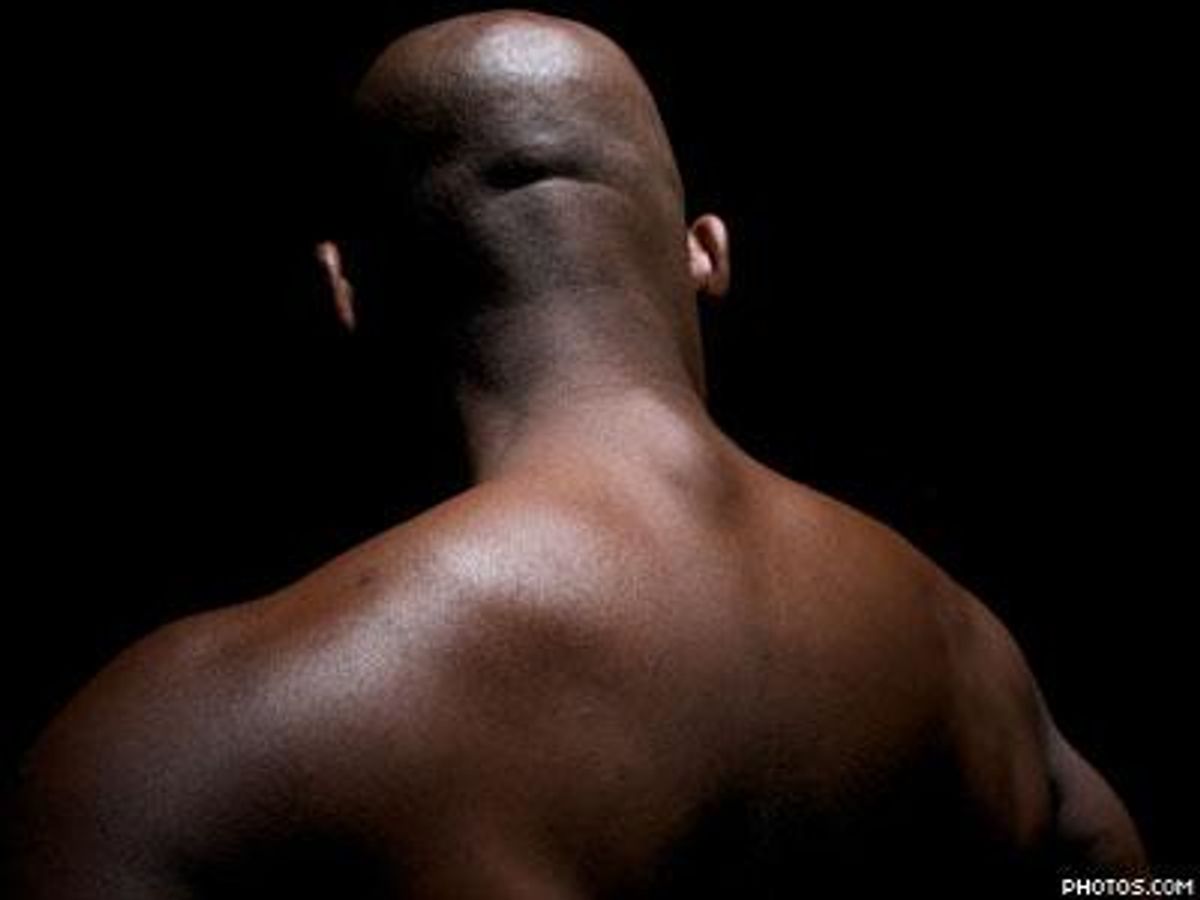
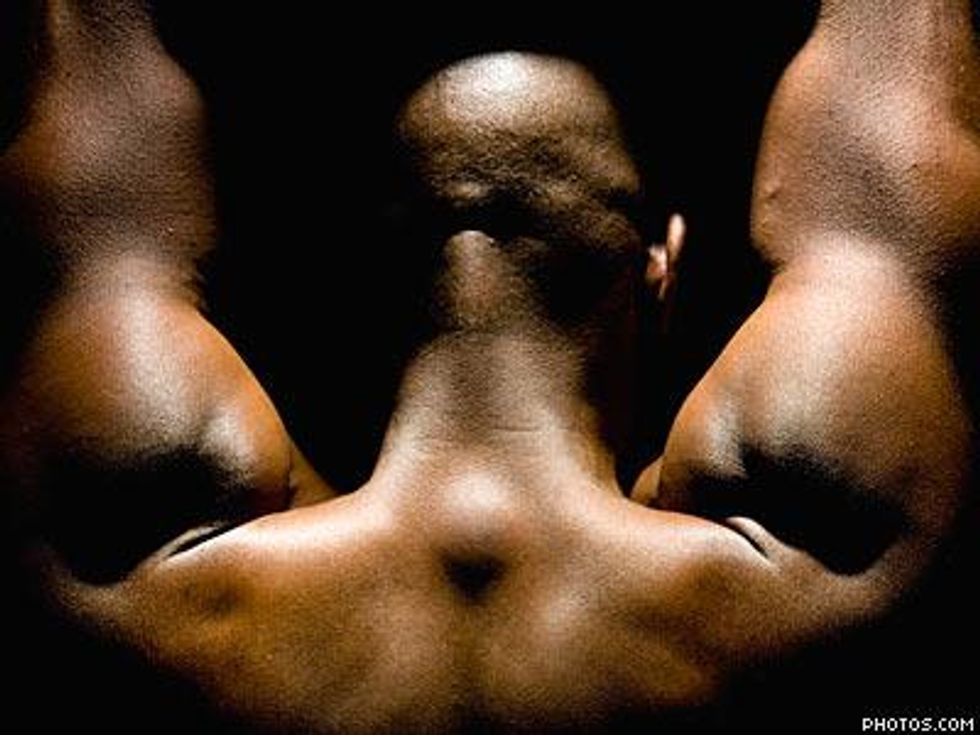 The researchers concluded that a single case of HIV in a small social network “would allow HIV to penetrate the networks of black MSM,” and it would travel through the network, infecting these men “more efficiently” than it would white men, for example.
The researchers concluded that a single case of HIV in a small social network “would allow HIV to penetrate the networks of black MSM,” and it would travel through the network, infecting these men “more efficiently” than it would white men, for example.































